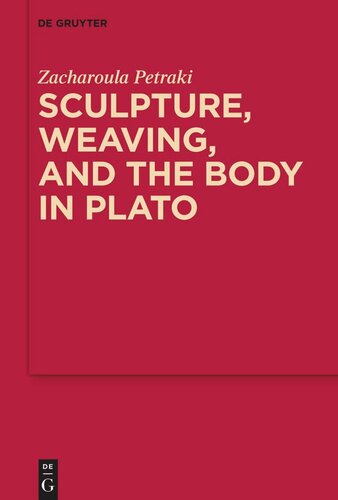

Most ebook files are in PDF format, so you can easily read them using various software such as Foxit Reader or directly on the Google Chrome browser.
Some ebook files are released by publishers in other formats such as .awz, .mobi, .epub, .fb2, etc. You may need to install specific software to read these formats on mobile/PC, such as Calibre.
Please read the tutorial at this link: https://ebookbell.com/faq
We offer FREE conversion to the popular formats you request; however, this may take some time. Therefore, right after payment, please email us, and we will try to provide the service as quickly as possible.
For some exceptional file formats or broken links (if any), please refrain from opening any disputes. Instead, email us first, and we will try to assist within a maximum of 6 hours.
EbookBell Team

4.7
56 reviewsPlato’s Timaeus is unique in Greek Antiquity for presenting the creation of the world as the work of a divine demiurge. The maker bestows order on sensible things and imitates the world of the intellect by using the Forms as models. While the creation-myth of the Timaeus seems unparalleled, this book argues that it is not the first of Plato’s dialogues to use artistic language to articulate the relationship of the objects of the material world to the world of the intellect.
The book adopts an interpretative angle that is sensitive to the visual and art-historical developments of Classical Athens to argue that sculpture, revolutionized by the advent of the lost-wax technique for the production of bronze statues, lies at the heart of Plato’s conception of the relation of the human soul and body to the Forms. It shows that, despite the severe criticism of mimēsis in the Republic, Plato’s use of artistic language rests on a positive model of mimēsis.
Plato was in fact engaged in a constructive dialogue with material culture and he found in the technical processes and the cultural semantics of sculpture and of the art of weaving a valuable way to conceptualise and communicate complex ideas about humans’ relation to the Forms.